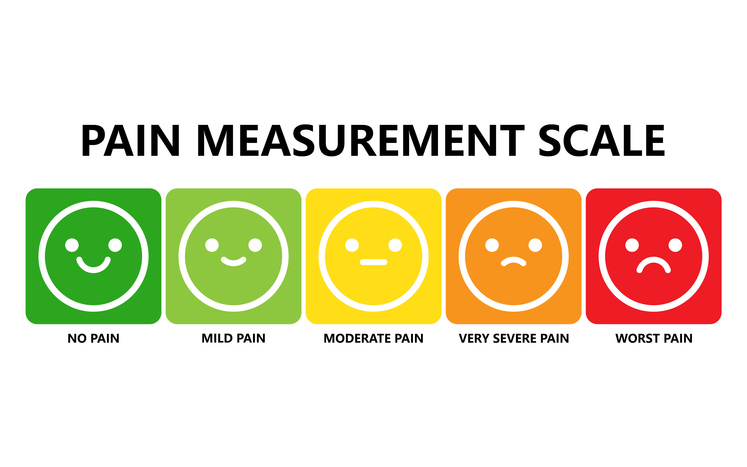Pain
The Pain, Enjoyment of Life and General Activity (PEG) Scale

The Pain, Enjoyment of Life and General Activity scale, or PEG scale, is a pain scale based on the Brief Pain Inventory scale. It is used for quickly, yet thoroughly, assessing and monitoring chronic pain in primary care settings. Inadequate pain assessments are cited as one of the biggest barriers to pain management. Primary care providers see the majority of chronic pain cases, so a scale that is brief and includes multidimensional measures is a valuable tool. The PEG scale was created to fill this need.
How the PEG scale works
The PEG scale consists of 3 separate numerical scales. Each scale has ratings ranging from 0-10. Individuals rate their pain level concerning 3 different areas. The first scale asks individuals to rate their pain, on average, over the past week. The second scale asks individuals to rate how pain has interfered with their enjoyment of life in the past week. The third scale asks individuals to rate how pain has interfered with their general activities.
The PEG scale is scored by averaging the three numbers. The final score helps to track and monitor changes in pain levels over time. The PEG score should decrease when treatment is effective.
How can the PEG scale be used
This scale can be administered in person at a clinic or hospital, answered via phone interview or personally completed at home. It is a flexible scale that can be used for many scenarios. For example, the PEG scale is often used to determine if a medication is effective; using it for this purpose helps determine an individual's level of functioning while taking medication(s). Individuals who show a stable level of functioning, with no other factors that suggest a dosage adjustment, a medication taper or a medication change is needed, would then continue on their medication regime.


















